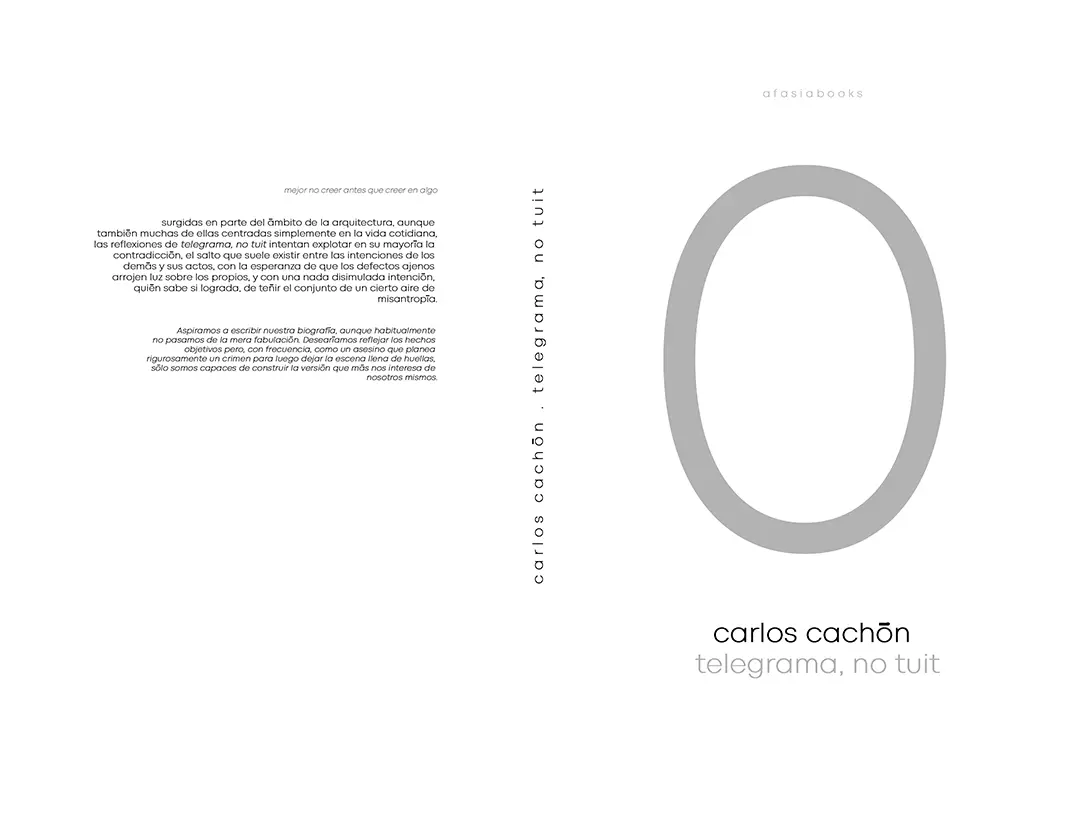Lorenzo Giovannoni
Bergamo as most of the other mid-size European cities is confronted with the movement of people equal to the number of its inhabitants; almost 150,000. Starting from the understanding of the complicated inter-relations between the city and its hinterland, both from a socio-economic point of view and from an infrastructural point of view, the project of a new urban infrastructure appeared as the logical consequence to corroborate the current development strategy of the city.
By reflecting on the meaning and the impact of a new intervention of such a scale, the project proposes to add an underground cable railway able to penetrate the heart of the historical city and partially connect with the complex infrastructure system by which it is built on by four new stations. Starting from the current “south gate” train station (now the main entrance of the city), the new “artery” takes the main axis of the urban fabric and projects it through the upper city so to end on the other side of it.
By doing so the project aims to ensure a greater connection between the different areas of the city, favouring not only an ease of movement, but also that of decongesting the city center, decentralising the access to the city to the north of it, currently in a state of neglect.
A New terminal therefore is established on the north area of the city by taking over an abandoned military training field. This position, highly strategic from the the viability point of view, represents the place where the three axes of the Seriana valley, Brembana valley and the motorway ring converge.
If the high-city stations establish an extremely strong connection from the architectural point of view with the historicity that surrounds them, the North Gate Terminal lives on its own architectural and contextual independence. The Station is established as a Landmark, which urban objective is to redevelop the context in which it is positioned and to connect, given the nature of the site, directionally the upper city, the park of the hills and the urban fabric. This is done through a gesture that marks an entrance foyer to the city: a large roof is the only visible element of the project.
In order to underline this moment of interpenetration between opposites, the whole lot is emptied and conceived as a filter between the different temporalities of the city of Bergamo: form one side the slow paste upper city and on the other the fast paste lower city. The soul of the project is conceived in its emptiness.
If the upper space is a public void, the lower space is formed by a complexity of elements that respond directly to the needs of the infrastructures that compose it (coach, new subway, valley train and a large car park). This design approach relates to an architectural typology based on the composition of different types, each defined by the need to use a space, thus going to dialogue with all those projects that have made use of it: from Villa Adriana, to Aldo rossi, from Luis Khan to James Stirling. An underground world composed of formally independent spaces, connected to each other, constitute an organism in constant movement where fast flows interpenetrate.
_
Name of the project: North Gate Terminal
Name of the student: Lorenzo Giovannoni
Name of the school: Accademia di architettura di Mendrisio Year of the project: 2018
Location of the project: Bergamo Name of professor: Walter Angonese

















